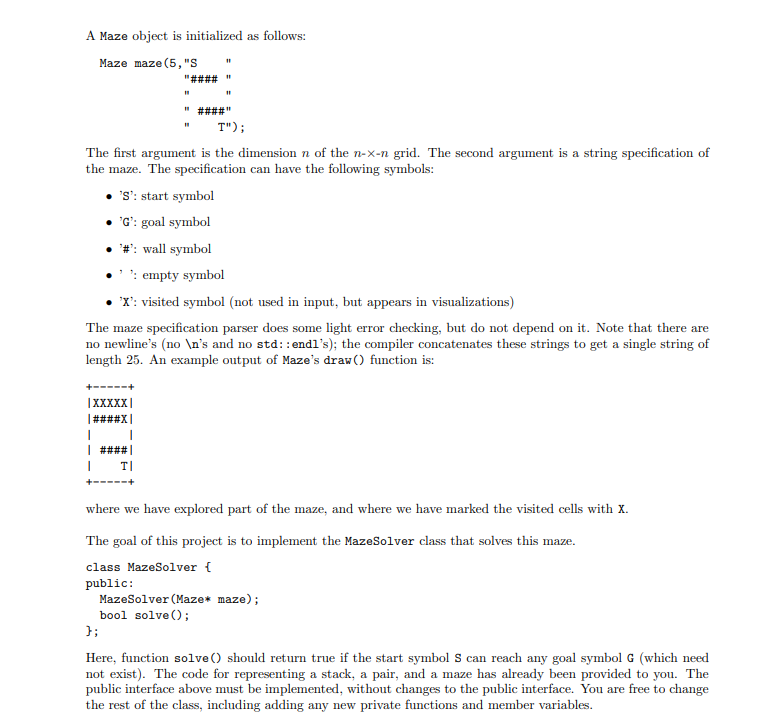
We assume that tangible programming is also an efficient approach to teach children about CT. The physical manipulation acts like a scaffold between real world and virtual world, which may contribute to the abstraction in CT. This research is mainly about the capability of tangible programming to help children with some CT skills. Research involving tangible interaction and children has often focused on how tangibles might support or improve learning compared to more traditional methods. Besides, using physical objects to interact with computer is easier to involve children in the process. By combining computer programming and tangible interaction, tangible programming allows children to manipulate “codes” directly, which makes programming more appealing. Tangible programming may have an appeal even to experienced abstract thinkers.

Tangible programming is to make programming an activity that is accessible to the hands and minds of young children by making it more direct and less abstract. Thus, the programming environment must strongly motivate the subject by placing it in a context that is so compelling and meaningful to the child that he/she does not give up. However, the fact remains that programming for children is still just plain hard and requires strong motivation on the child’s part in order to succeed.
#Any maze interface how to#
Research has indicated that learning how to program computers can have a positive and measurable effect on children’s achievement, not only in areas such as math and science, but also in language skills, creativity, and social emotional interaction. Grover takes programming as a useful way for kids to learn problem solving and computational thinking. Computer programming is an excellent way to develop computational thinking skills. The advantage of this early exposure to CT is that it will help children to build a solid foundation of algorithmic and data structures-the basic nuts and bolts of the mechanics of computer programming.
#Any maze interface professional#
CT makes it possible for children to improve the analytical ability that may be helpful in both STEM (science, technology, engineering, and mathematics) subjects and many other professional areas, even in daily life. There is growing consensus that computational thinking is a fundamental skill that everyone needs to succeed in our complex and technological culture. IntroductionĬomputational thinking (CT) is a term coined by Wing to describe a set of thinking skills, habits, and approaches that are integral to solving complex problems using a computer and widely applicable in the information society. The results show that T-Maze is not only easy to use, but also has the potential to help children cultivate computational thinking like abstraction, problem decomposition, and creativity. We conducted a user study with 7 children using T-Maze to play two levels of maze-escape games and create their own mazes.

Through the use of computer vision technology, T-Maze provides a live programming interface with real-time graphical and voice feedback. In this paper we present T-Maze, an economical tangible programming tool for children aged 5–9 to build computer programs in maze games by placing wooden blocks. Game and creation are activities which have good potential for computational thinking skills.


 0 kommentar(er)
0 kommentar(er)
